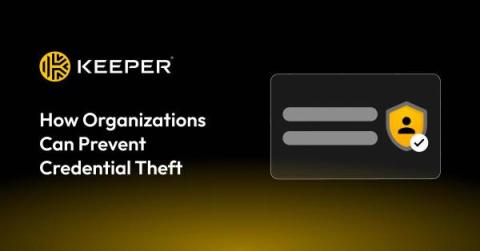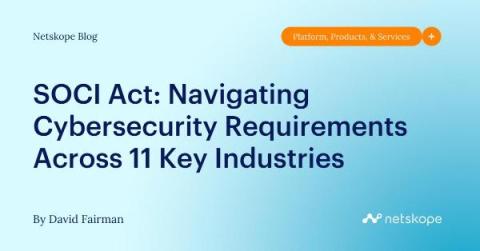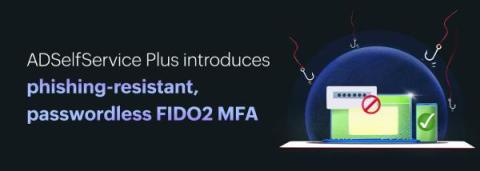Hype to Hope: Can VR Headsets be Made Secure Enough for the Enterprise?
Reading this recent Wall Street Journal article about Apple’s push to drive adoption of their Vision Pro “spatial computers” in the enterprise got me thinking: Can VR headsets really make the leap from a cool gadget to a serious business tool? The potential is exciting—imagine the possibilities for collaboration and training. But then my security-focused brain kicked in. How do we manage the risks that come with introducing these powerful devices into the workplace?











